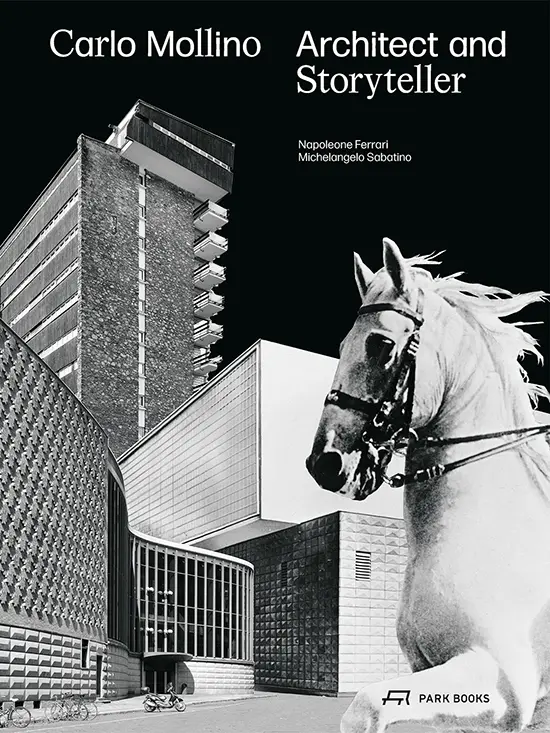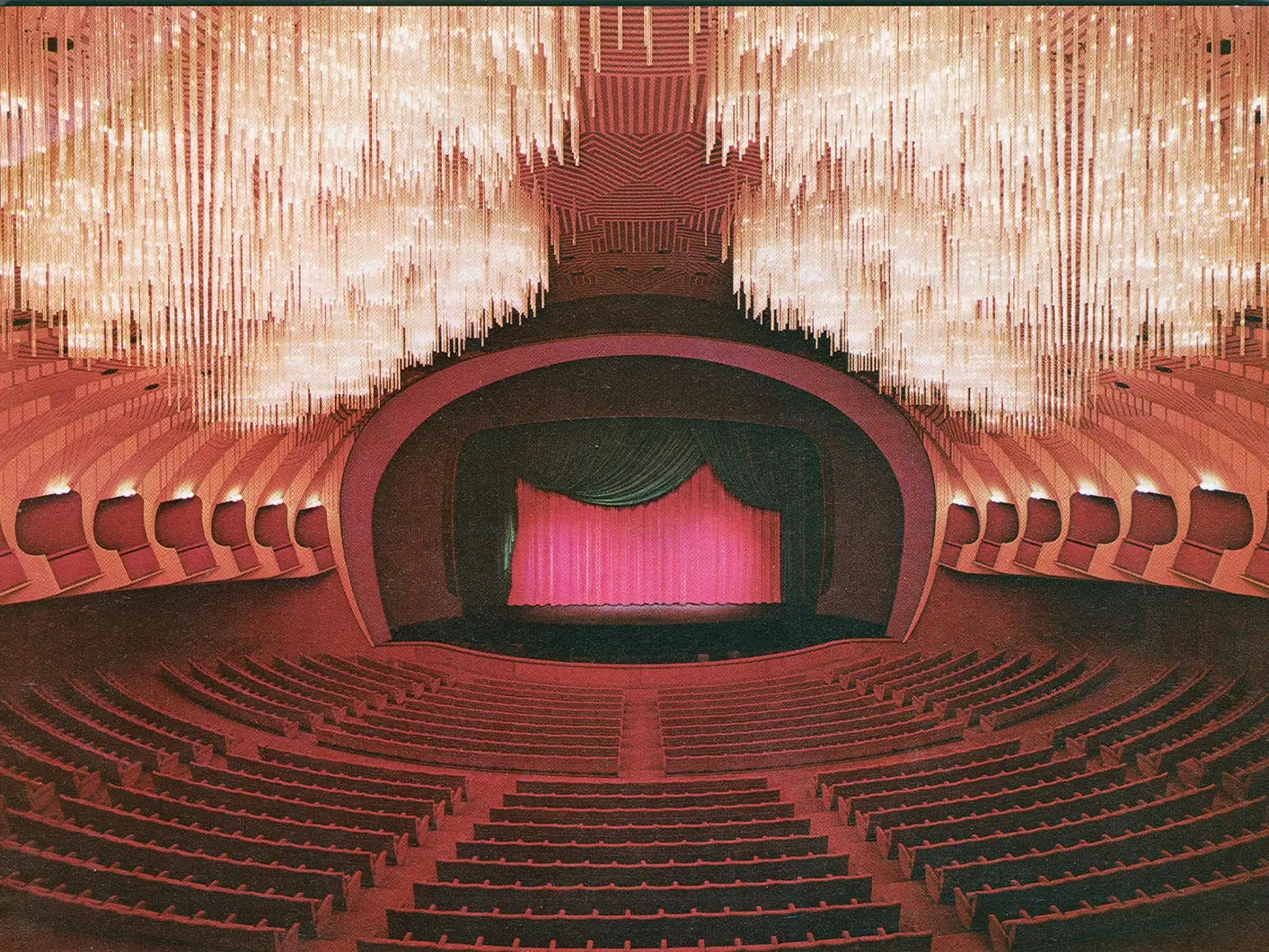From a reflection on humans to matter as meaning: the new Salone communication campaign explores the physical and symbolic origins of design, a visual narration made up of different perspectives, united by a common idea of transformation and genesis
Carlo Mollino, the Surrealist architect outside the box

Photomontage of the Horse Riding Club, Carlo Mollino, 1941. © Carlo Mollino, Collection Rob C. Beyer
Park Books has published the first complete monograph analysing Carlo Mollino’s contribution to architecture and the Modern movement through writings and various other archive material
A multi-faceted character, innately eclectic and obsessed with biomorphic forms and the female body, Carlo Mollino was both genius and unruliness. An architect and designer with ideas way ahead of his time, Mollino left an important mark on the 20th century arts scene.

Copertina di Carlo Mollino. Architect and Storyteller
Born in Turin in 1905, he trained at the Polytechnic, graduating in 1931. Photographer, writer, mountaineer, skier, inventor of engines, acrobatic pilot and Professor of Architecture back at the Turin Polytechnic until his death in 1973, Mollino is known internationally primarily for his furniture – one-off pieces or limited editions, now cult objects that go under the hammers of the world’s most prestigious auction houses – and for his erotic photos. He never stopped taking photographs, first with his Leica and then with his Polaroid – from the interiors of Thirties and Forties houses to collages and photomontages in which white horses gallop in front of his built works, to the more than 1,300 Polaroid snaps found amongst his personal possessions after his death which portray women (fully-clothed or scantily-clad) posed by him in elegant interiors – perched on an armchair, hidden behind a velvet curtain, lying on a rug ….

Self-portrait in the surreal interior of Mollino’s personal studio, Casa Miller in Turin. © Carlo Mollino
However, while over the years Mollino the photographer, designer and plotter of interiors has been studied and explored in texts and exhibitions all over the world, it is also true that a good deal less attention has been devoted to his contribution to architecture. With this in mind, the authors of the book Carlo Mollino. Architect and Storyteller, published by Park Books, Napoleone Ferrari and Michelangelo Sabatino have come up with the first complete monograph on his built work. The former is President of the Casa Mollino Museum in Turin, co-founded in 1999 with Fulvio Ferrari, while the latter is a Professor at IIT’s College of Architecture in Chicago. The authors have had access to a wealth of archive material and Mollino’s own writings, and believe that Mollino’s contributions to architecture – and to the Modernist Movement in particular – are significant and unusual precisely because of their affinities with Surrealism.

Teatro Regio 1965-73, Turin. The stage in its original 1973 configuration. © Sergio Cavallo
As well as sketches from his student days, the book brings together, documents and discusses 122 built works, some completed and others that never came to fruition (some of the latter are really interesting: the Casa sull’Altura, the Truss House and the Fürggen cable car station). Leafing through the pages of the book, with its drawings, photographs, sketches, illustrations, essays and articles allows the reader to feast their eyes on and learn about masterpieces such as the Teatro Regio – with its shape “somewhere between an egg and an oyster” half open onto the stage – and the Chamber of Commerce in Turin, a glass and steel prism that appears to be floating in the air; as well as early and lesser-known works such as Turin’s Circolo Ippico equestrian centre, which stood for 20 years before being demolished; the Lago Negro ski lift at a height of 2,286 metres, a three-dimensional building in which a galleon shape sits atop a tourist plane structure; the Casa Cattaneo on the Agra plateau, with its bold cantilevers and suspended balconies; and the Casa del Sole in Cervinia, a nine-storey reinforced concrete residential block asymmetrically surmounted by a wooden cabin.
Even though it’s not immediately clear when you look at his buildings that they’re all by the same hand, characteristics typical of his architecture can be discerned, such as his pursuit of volumetric movement, the aerial suspension, the cantilevered structures, the choice of personal, vibrant colour, which served to create spaces that were to become the backdrops to people’s lives; “femininity” as a component and constant symbolic reference; volumes with overhangs and indentations at various levels in the space; the use of curved lines and surfaces. These designs were also conceptual, channelling cultural, literary, psychological, functional and evocative references, to such an extent that in 2015 Paolo Portoghesi wrote that: “Mollino was one of the few architects that have tried to translate Surrealist sensitivity into a work of architecture.” Mollini’s work and passions left their mark on many different spheres, although he never belonged to a precise movement. His eclecticism makes him difficult to pigeonhole. But that’s probably exactly what he wanted.
Authors: Napoleone Ferrari and Michelangelo Sabatino
Published by: Park Books
Published: 2021
Pages: 456
Language: English


 Stories
Stories

















